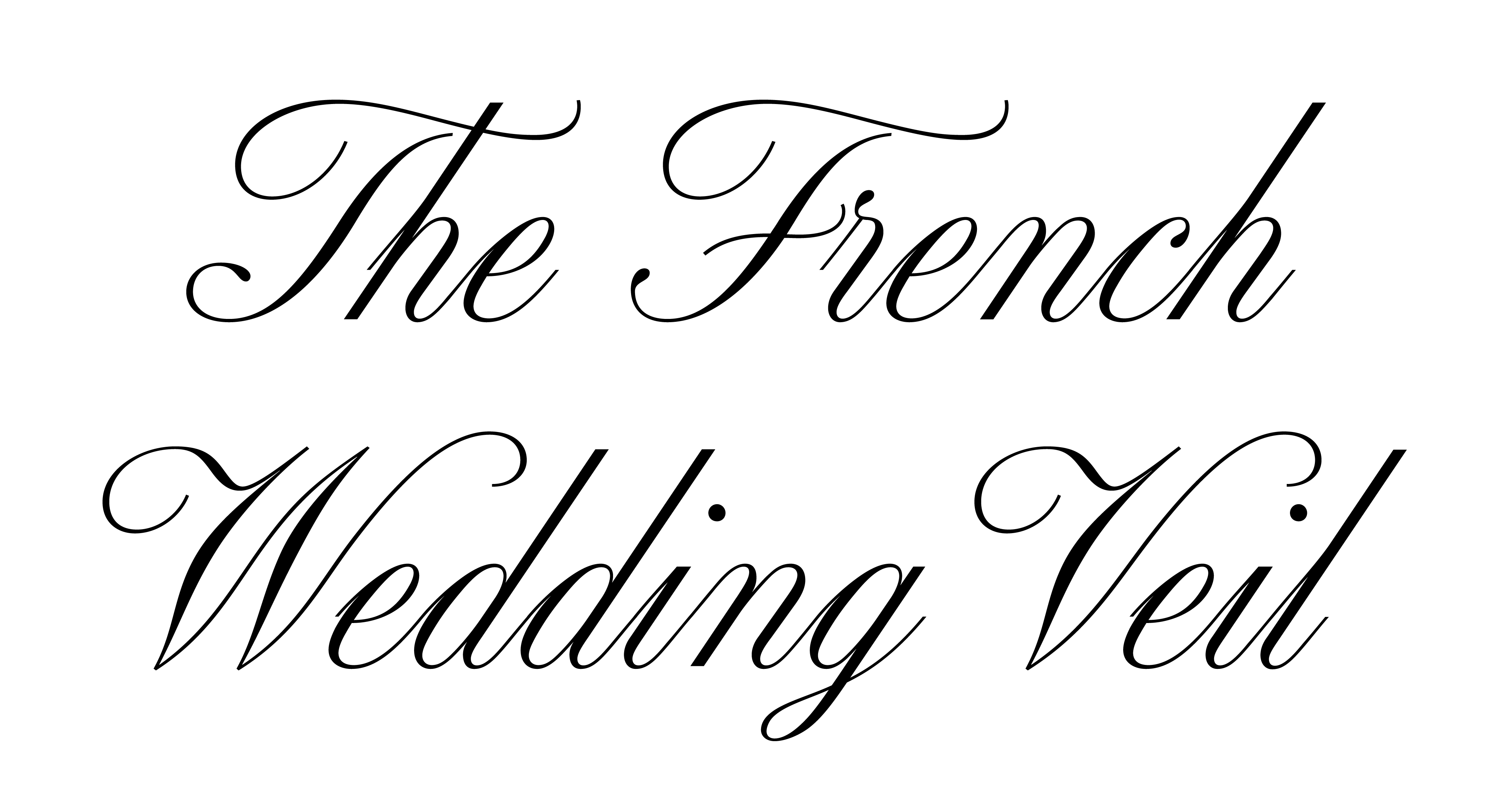What is a Blusher Wedding Veil & Should you Wear One?
Picture this: a gentle hush falls over the guests, the music swells, and you step into the aisle. A soft, airy layer of tulle floats over your face, diffusing the light and adding a sense of mystery. Your loved ones lean in, waiting for that single, intimate moment when the veil is lifted and your expression is revealed. This is the magic of the blusher veil.
While some bridal trends fade quickly, the blusher veil has endured for centuries because it offers something few accessories can: a mix of tradition, style, and pure emotional impact. Brides today are embracing it in both its classic form and in modern, fashion-forward adaptations.
In this guide, we’ll take you through everything you need to know, from its rich history to practical styling tips, from matching it to your dress to ensuring it photographs beautifully. By the end, you’ll know whether this romantic accessory belongs in your bridal look and exactly how to make it yours.
What Is a Blusher Veil?
A blusher veil is the short, face-covering layer at the front of a bridal veil, traditionally worn during the walk down the aisle. While lengths can vary, the most common range is 25–36 cm (10–14 inches) from the point of attachment to the edge.
Key features:
- Length: Some designers extend blushers to 45 cm for drama, especially when paired with a cathedral-length veil.
- Shape: Rounded edges are the most common, but square-cut and butterfly cuts (gently curved sides) create different drape effects.
-
Attachment styles:
- Fixed: Sewn directly to the main veil as part of a two-tier design.
- Detachable: Connected with discreet snaps, magnets, or loops, allowing easy removal after the ceremony. -
Edges:
- Raw cut for a light, floating effect.
- Lace trim for vintage elegance.
- Ribbon edge for a crisp outline.
- Beaded edge for sparkle.
Why This Tradition Might Matter to You
The blusher veil isn’t just history, it’s a design choice that can add emotional depth to your ceremony. If you love the idea of mystery and anticipation, take a cue from ancient Greek and Roman brides who used the veil as a protective, almost sacred layer. Inspired by Victorian romance? A lace-trimmed blusher can echo that era’s elegance while still feeling fresh.
Whatever your heritage, understanding the “why” behind the blusher lets you adapt the tradition in a way that feels personal, not prescribed.
Modern brides wear blushers for many reasons: to honor tradition, to create a cinematic reveal, or simply because they love the way it frames their face. In many contemporary weddings, the “unveiling” is a shared moment, sometimes performed by both parents or even the bride herself.
👉 Curious about traditions? Discover who lifts the veil at a wedding in our full article

How to Wear a Blusher Veil
Getting the blusher to sit and move perfectly requires forethought and rehearsal.
Placement & Attachment
- Place the comb above the crown for a forward fall or behind an updo for more volume.
- Insert the comb teeth forward for a flatter drape or teeth backward for a fuller puff.
Securing for Comfort
- Use U-pins or invisible hairpins to anchor the comb.
- For fine hair, tease a small section before inserting the comb to give it grip.
- Outdoor brides should use a tiny dab of wig tape under the comb base for wind resistance.
During the Ceremony
- The blusher can remain down until vows or be lifted halfway down the aisle.
- Decide who will lift it: father, mother, both parents, or partner, and practice the movement.
- After lifting, you can flip it back over the hair or remove it discreetly before photos.

Hairstyles That Work Best with Blusher Veils
Choosing the right hairstyle ensures the blusher sits beautifully without disturbing your look.
Matching Your Blusher Veil to the Dress
- Color harmony: Ivory vs. soft white matters. We guide you through a quick natural-light test of your dress to confirm tone before you buy.
- Fabric & texture: We’ll recommend the feel that flatters your silhouette.
- Lace coordination: If your gown features lace, we suggest a matching scale and motif so veil + dress read as one.
- Embellishment balance: Minimal gown? Add lace edging to frame the face. Ornate bodice? Keep the blusher minimal to avoid competing details.
- Blusher length check:Does the blusher length hit at the waist and flatter your face shape?
- Send photos of your dress (ideally: front, close-up of fabric/lace, full-length) + your wedding setting.
- Join a 15–20 min video chat for live veil length/edge recommendations.
- Optional: request a small tulle/lace swatch set to confirm color at home.

Ceremony & Photo Tips
- Final check before the aisle: Ask a trusted attendant to smooth your veil and blusher right before you step forward, checking for stray hairs, uneven drape, or static cling.
- Plan the lifting choreography: Decide in advance who will lift your blusher and when (father, mother, both parents, or partner) and practice once for a natural movement.
- Photographer coordination: Ask your photographer to capture both perspectives: the hands lifting the veil and your reaction. This creates a story sequence in your wedding album.
- Avoid makeup smudges: If wearing lipstick or gloss, lift the blusher out and up instead of directly over your lips to avoid staining the tulle.
- Wind & outdoor settings: For beach or garden weddings, discreetly anchor the blusher’s edge with an invisible pin to prevent it blowing into your face before the reveal.
Blusher Variations and Alternatives
- Detachable blushers: Allow you to wear it for the ceremony but remove for the reception without disturbing your hairstyle.
- Drop veils: Cut as a single piece of fabric for seamless flow, no sewn join.
- Birdcage-blusher hybrids: Mix French netting with tulle for a vintage-meets-modern feel. Interested in birdcage veils? Read our full birdcage veil article here.
- Extra-long blushers: Extending to fingertip length for a dramatic approach.
- Mantilla veils: Traditional Spanish-style bridal veils, with lace edge, typically worn flat over the head. Want to learn more about Spanish Veils? Read our mantilla veil guide.
Real Brides, Real Blushers
“Walking down the aisle with my blusher over my face made the moment feel so intimate, when my husband lifted it, I could see tears in his eyes.”
- Sophie, London
“I loved the quiet drama of my blusher veil. It felt timeless, romantic, and so uniquely me, and it looked incredible in our photos.”
- Emily, San Francisco





FAQs About Blusher Veils
Q: What is a blusher veil?
A blusher veil is the short layer of a wedding veil that covers the bride’s face and is lifted back during the ceremony, usually by the groom or a family member.
Q: Can I wear a blusher veil with loose hair?
Yes! While sleek buns or chignons are classic, many brides wear blushers with soft waves or half-up styles for a softer, more romantic feel. The key is to secure the comb so the veil drapes smoothly over your face.
Q: Can I wear a blusher veil with short hair or natural curls?
Definitely. Blushers work beautifully with pixie cuts, bobs, or natural textures. We can adapt the comb or headband base for extra stability so it stays in place without disrupting your style.
Q: Are blusher veils only for traditional or religious weddings?
Not at all. While blushers have historical roots, they’re now a modern accessory for any kind of celebration, from black-tie ceremonies to barefoot beach weddings.
Q: How is a blusher veil secured?
At The French Wedding Veil, we usually sew a discreet comb into the base so it blends seamlessly with your hairstyle. For fine hair or windy venues, we recommend hidden pins or a touch of wig tape for extra hold.
Q: When is the blusher lifted during the ceremony?
It’s entirely up to you. Traditionally, it’s lifted by the groom before the kiss, but some brides prefer to lift it themselves halfway down the aisle or during the vows for a more personal reveal.
Q: What kind of wedding dress works best with a blusher veil?
Blushers complement almost any gown, from minimal slip dresses to detailed lace ballgowns. The trick is balancing proportions and details so the veil frames your face without competing with the dress.
Q: Are there different lengths of blusher veils?
Yes! Standard blushers are 25–36 cm (10–14 inches), but we also make extended styles up to 45 cm for added drama.
Q: Is a blusher veil too formal for an outdoor wedding?
Not at all. Lightweight tulle blushers look gorgeous in natural light and move beautifully in the breeze, just secure them well if it’s a windy day.
Q: Can I order a custom blusher veil?
Absolutely. We can adjust length, edging, tulle softness, and attachment style to perfectly match your dress and hairstyle.
Q: How do I travel with a blusher veil without damaging it?
Gently fold it in tissue paper, store it flat in a veil box, or hang it in a breathable garment bag. We also offer travel-ready boxes for destination weddings.
Final Thoughts
The blusher veil is more than an accessory, it’s a storytelling tool. It builds anticipation, honors heritage, and creates a moment that will be remembered for a lifetime. Whether you choose it for tradition, style, or emotion, the blusher veil offers a kind of bridal magic that never goes out of style.
Ready to find your perfect veil?
Explore Our Veils or Request a Free Consultation










